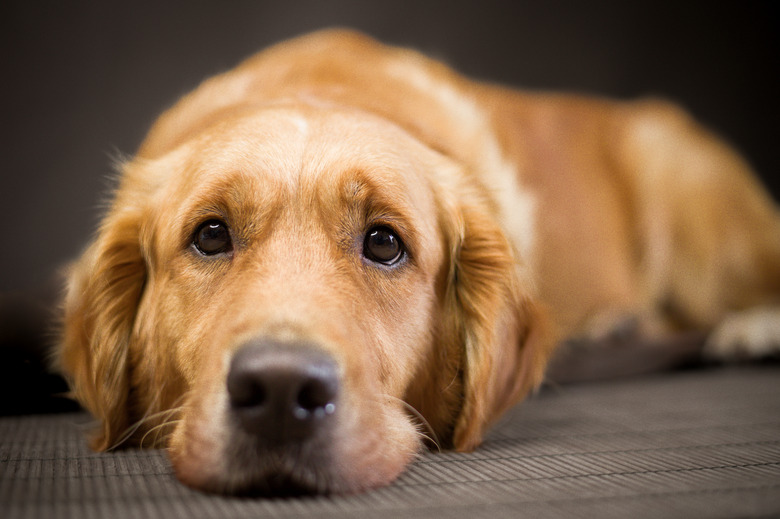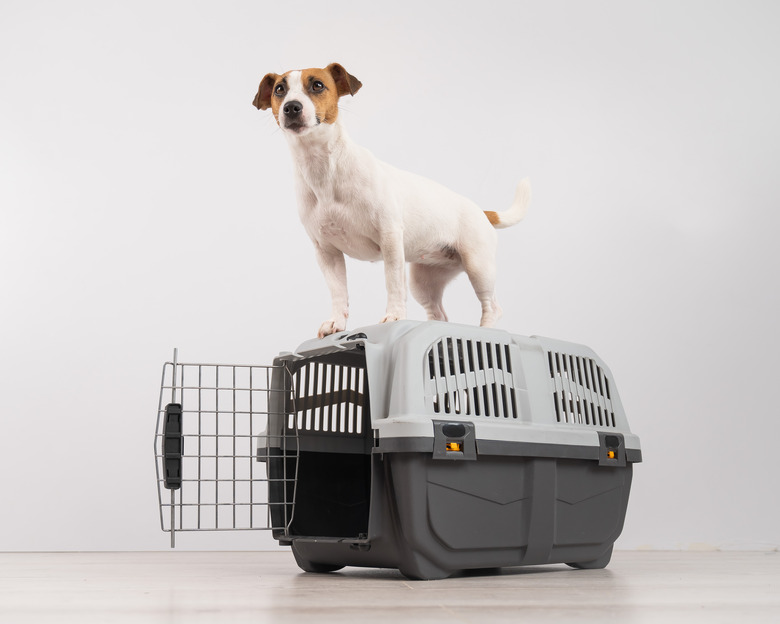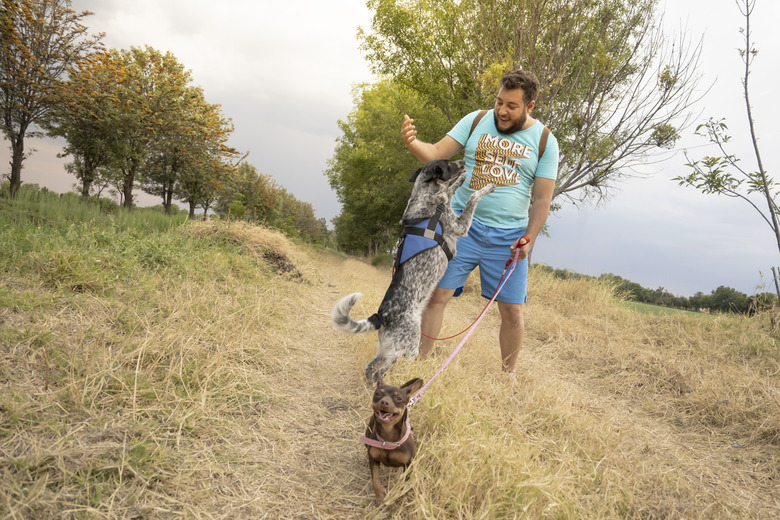How Long Can You Leave A Dog Home Alone?
Many people dislike leaving their dogs alone for any amount of time. Though chances are, it has to happen from time to time — if not on a daily basis. New dog owners leaving their dog or puppy alone for the first time often wonder how long is too long. The answer will vary from dog to dog.
Common reasons why a dog can't handle long hours on their own include not being potty trained, needing frequent feedings or medication, and separation anxiety. Even when a dog can, seemingly, handle being alone for hours at a time, it's recommended that dogs not be left alone for more than six to eight hours. However, that's only in regard to healthy, housetrained adult dogs.
How long can you leave a dog home alone?
How long can you leave a dog home alone?
The amount of time a dog can spend on their own will depend on each specific dog. Other factors include how often they need care or assistance from their human counterparts. The current life stage of a dog can go a long way in helping dog owners get a general idea of how long they may be able to be on their own. Yet, there are always exceptions to the standard:
Puppies can be left alone depending on their age
Puppies are considered to be dogs under one year old. They require the most amount of care and attention than any other life stage, and the frequency of care increases the younger the puppy is. As a general rule of thumb, puppies can be left alone for one hour for every month they are in age, so, a puppy of three months could be left for three hours, a 5-month-old could be alone for five hours, and so on until they are over six months. Young puppies under 10 weeks shouldn't be alone for more than an hour, and those 10 to 12 weeks may be able to tolerate two hours of alone time.
Adult dogs that are housetrained can be left alone for longer stretches
At around 12 to 18 months dogs become what we consider to be adults. This stage lasts until they reach senior status later in life. Generally, housetrained dogs in this life stage can be left alone for around six hours, and it is not recommended that dogs go longer than eight hours alone.
Senior dogs can be alone for about the same length of time as adults depending on their health
On average, the senior years start between the ages of 7 and 10 but may be more or less depending on their breed and genetics. Many senior dogs can be alone for about as long as adults, however, this will depend on the dog's bladder function, visibility, mobility, and other health factors. Senior dogs who cannot hold their urine or poop as long as they used to should absolutely be given the opportunity to use the bathroom outside more often, as accidents indoors can be stressful for dogs.
Physical and mental conditions may impact how long a dog can stay home alone
Other factors can also come into play when considering how long a dog can be left home alone. A dog who is currently under the weather, or who lives with a chronic illness may need more attention than a healthy dog, no matter their age. Additionally, dogs with separation anxiety find it hard to remain home alone for any amount of time, and newly adopted dogs can also sometimes struggle to understand a new routine and environment right away.
Benefits of crate training your dog
Benefits of crate training your dog
Crate training is a great way to teach a dog healthy boundaries. However, dogs shouldn't be left in crates for too long either. Puppies under 6 months should stay in them for four hours, max. Adult dogs can go a little longer, assuming they can hold their bladders. The appropriate amount of alone time will vary depending on the dog, so it's always best to work your way up to longer stretches of time when possible.
Ways to improve alone time for your dog
Ways to improve alone time for your dog
Most of us would probably love to spend more time with our dogs. But realistically, we will sometimes need to leave our dogs home alone for various stretches of time. Dogs can become bored when left alone for long amounts of time, so offering them enriching toys and fun activities that they can entertain themselves with will go a long way — and keep you both happy.
Use a Kong dog toy to keep your dog busy
A peanut butter-stuffed chew toy like a Kong can keep many dogs occupied for hours, especially if you keep it the in the freezer overnight to create a long-lasting treat.
Use puzzle toys to keep your dog mentally engaged while you're away
Puzzle toys are another great way to enrich the lives of dogs during longer periods of alone time. These games keep dogs mentally stimulated, focused on a project, and can even slow down eating.
Look for background noise to entertain your dog at home
Background noise or shows designed to entertain dogs can also help canines pass the time, and many great options can be found on streaming services or YouTube.
Hire a dog walker or sitter to keep your dog company and take them outside
If you have to leave your dog home alone for a good length of time, say eight or nine hours while you're at work or on the road, then hiring a dog walker or dog sitter is an excellent service to consider. Having a trusted professional to visit your dog when you can't not only offers your canine pal potty breaks, exercise, and socialization, but also can also give you peace of mind knowing that your dog is safe and healthy, and that your home is less vulnerable to potentially destructive behavior.
Try a doggie daycare to provide your dog with new friends and socialization
Being the social animals that they are, many canines also enjoy hanging out at doggie daycare while their pet parents are away, which allows them supervised socialization with other dogs, as well as potty breaks, mealtimes, and lots of opportunities for exercise.
How to know if your dog has separation anxiety
How to know if your dog has separation anxiety
It's fairly common for many dogs to express a small bit of disdain when you leave the house. However, when dogs become extremely distressed and inconsolable, it may be separation anxiety. Separation anxiety in dogs is similar to panic attacks in humans — the fear may be unfounded, but the feeling is 100 percent real, and the way our bodies respond is often out of our control.
Dogs can respond to separation anxiety in a number of ways. This can include constant barking or whining, property destruction, defecation, and even self-harm. This condition is sometimes mistaken for isolation distress, which is similar but not the same thing. Isolation distress refers to dogs who don't like being alone.
Separation anxiety occurs when a dog has latched onto a specific person and that person leaves, causing panic. This condition should be addressed with compassion and understanding, to the best of your ability. If you are looking to get help for your dog, separation anxiety can be improved with the help of a certified dog trainer and combined with positive reinforcement conditioning.


